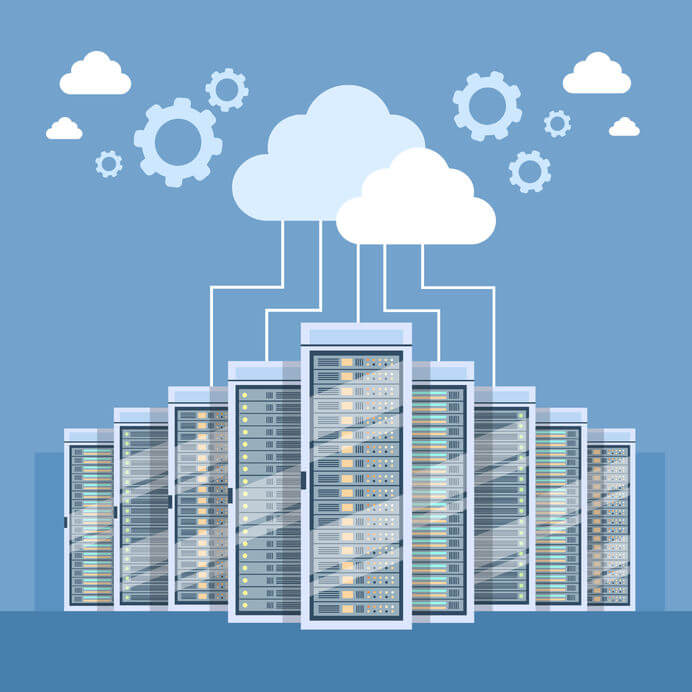A database in the cloud is a collection of content, structured or unstructured, that resides in a platform of private, public or hybrid cloud computing infrastructure.
There are two models of database environment in the cloud: traditional and database as a service (DBaaS).
In a traditional cloud model, a database is run on the infrastructure of an IT department through a virtual machine. The tasks of supervising and managing the database fall on the IT staff of the organization.
What is the database as a service?
In comparison, the DBaaS model is a subscription service based on rates in which the database is executed in the physical infrastructure of the service provider. The different levels of service are usually available. In a classic DBaaS agreement, the provider maintains the physical infrastructure and database, leaving the client to manage the content and operation of the database.
Benefits of the database in the cloud
Compared to the operation of a traditional database on a physical server in the site and the storage architecture, a database in the cloud offers the following advantages:
- Elimination of physical infrastructure. In a DBaaS environment, the service provider is responsible for maintaining and operating the database software, leaving DBaaS users responsible only for their own data.
- Cost savings Through the elimination of a physical infrastructure owned and operated by an IT department, significant savings can be achieved from a reduction in capital expenditures, fewer staff, lower electric operating costs and a smaller amount of physical space needed .
Benefits of DBaaS
In addition to the benefits of employing a database environment model in the cloud, contracting with a DBaaS provider offers additional benefits:
- Instant scalability. A DBaaS provider can quickly offer additional capacity, performance and bandwidth access based on a fee, through its own infrastructure.
- Performance guarantees. Through a service level agreement (SLA), a DBaaS provider may be required to provide guarantees that typically quantify the minimum availability of uptime and transaction response times. An SLA specifies the monetary and legal resources if these performance thresholds are not met.
- Specialized experience In a DBaaS environment, the provider can serve thousands of clients; Therefore, finding, offering and maintaining world-class talent is a lesser challenge.
- Latest technology. To stay competitive, DBaaS providers work hard to ensure that all database software, server operating systems, and other aspects of the overall infrastructure are kept up-to-date with security updates and features regularly released by software vendors.
- Failover support. For a database service provider to comply with performance and availability guarantees, it is incumbent on that provider to guarantee uninterrupted operation if the main data center fails for any reason. The support covers the operation of several data storage facilities and duplicate image servers. A backup data center must be imperceptible to any customer of that service.
- Decreasing prices With advances in technology and an intensely competitive market among the main service providers, the prices of a wide range of cloud computing services are subject to continuous calibration. The decrease in prices is an important impetus to migrate the on-site databases and other IT infrastructures to the cloud.

